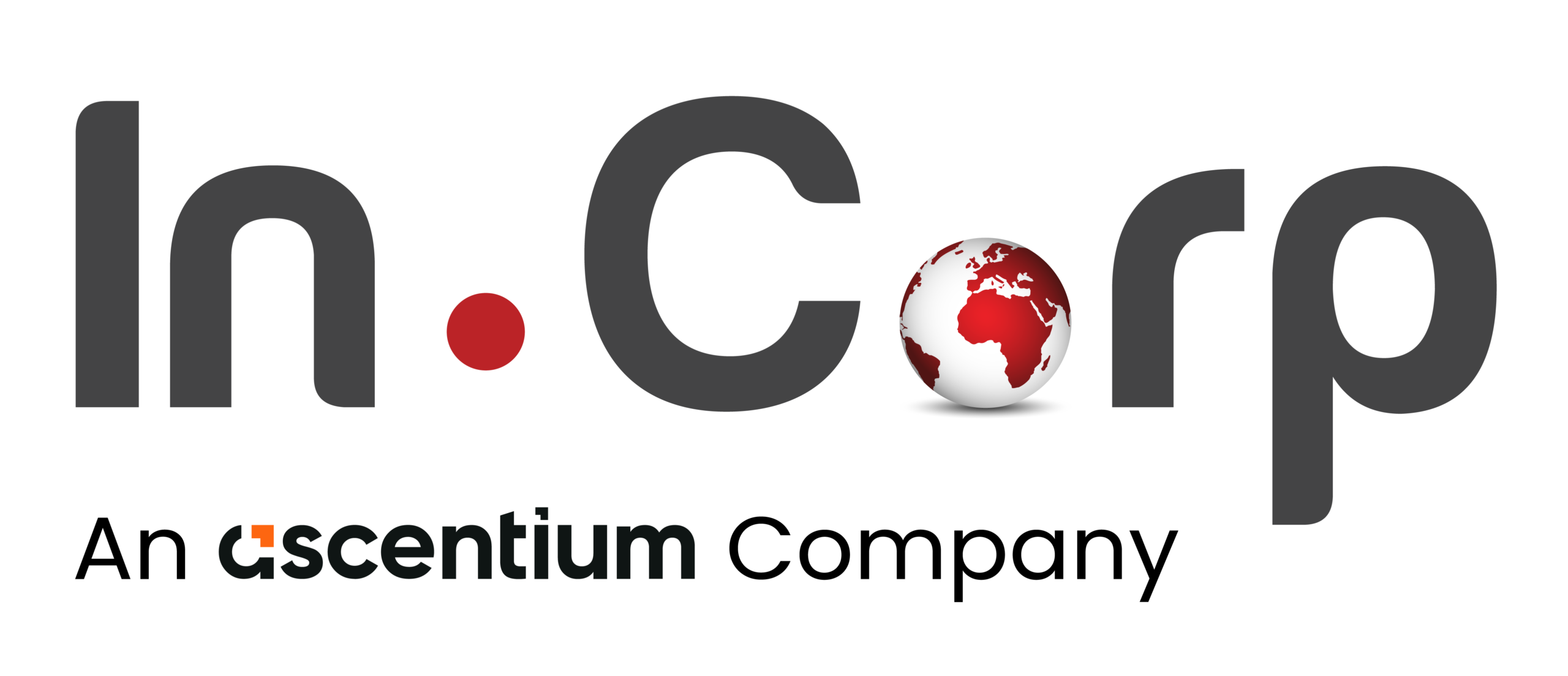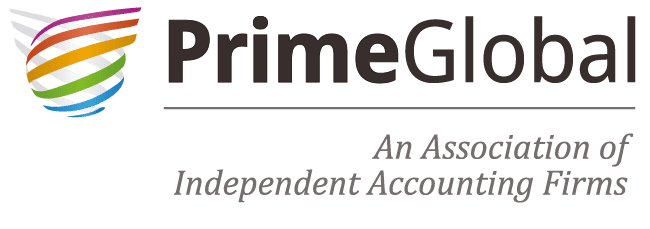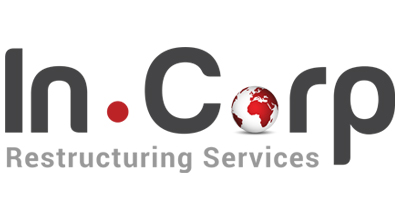CDP Reporting Made Effective: Timeline, Preparation and Internal Coordination

CDP Reporting Made Effective: Timeline, Preparation and Internal Coordination
Understanding the CDP Flow: Deadlines, Supplier Requests, and Reporting Discipline
- Last Updated
Across global supply chains and capital markets, CDP reporting, previously known as Carbon Disclosure Project, has become one of the most reliable metrics to access corporate climate and environmental performance. From a voluntary ESG compliance and sustainability reporting system, it has become an essential expectation: investors, regulators and customers are increasingly using CDP reporting to evaluate resilience, credibility and long-term value. For Indian businesses, and especially first-time responders, CDP disclosure may appear complex.
This blog deconstructs the operational steps that shape a successful disclosure journey, from understanding the timeline, interpreting the questionnaire, facilitating easy submission, securing data integrity to deriving best value from scoring to feedback. Together, these elements determine whether CDP disclosure becomes just an ESG compliance obligation or a catalyst for ESG maturity.
1. Timeline and Disclosure Window
The process starts with the disclosure window, knowing how and when to act early helps avoid last-minute scrambling. CDP disclosure cycle follows a fixed annual rhythm. The disclosure platform opens annually in early April. Companies are invited or notified through CDP’s Online Response System (ORS). The deadline to submit responses is typically end of July, but the exact date varies each year and should be tracked through official CDP communication. Missing the submission window means losing visibility with investors, rating agencies, and supply chain partners for an entire year, which is a risk only few export-driven or capital-seeking businesses can afford.
2. Understanding the Questionnaire
Each year, CDP releases updated questionnaires that reflect the latest climate science and regulatory expectations, aligning with global ESG frameworks and sustainability reporting standards. Companies are expected to disclose across dimensions such as climate governance, strategy, risk management, GHG emissions, water security, and supply chain engagement. The questionnaire is tailored based on the sector and market cap using CDP’s Activity Classification System (CDP-ACS).
CDP Supply Chain Module
Supplier to a CDP Supply Chain members, such as global brands or conglomerates, may receive mandatory customer-triggered requests. These disclosures mirror the regular questionnaires but are specifically flagged under Supply Chain module.
At the same time, large Indian manufacturers are now leveraging CDP’s Supply Chain module themselves to engage Tier-1 and Tier-2 suppliers on environmental data. This is particularly useful for those targeting Scope 3 reductions or preparing for CBAM-style reporting from downstream partners.
3. Submission Process
Transparency about what to publish should be matched with clarity about how to publish, the submission process, related documents and administrative procedures are equally crucial. All the disclosures are submitted though CDP’s secure Online Response System (ORS).
- Choose the appropriate questionnaire(s)
- Submit all disclosures via CDP’s Online Response System (ORS)
- Upload supporting documents (e.g., GHG inventories, climate strategy, TCFD reports)
- Pay the disclosure admin fee (unless exempt)
Admin fees vary by region and package, from $1,100 for basic disclosure to $6,700 for advanced analytics. Companies disclosing only through the Supply Chain program or Banks Program are typically exempt. At this stage, companies also begin to see how CDP disclosure connects to broader sustainability reporting. By mapping data requirements across different ESG frameworks, businesses can avoid duplication and ensure a more streamlined compliance process.
Frequency and Revisions
Once the submission process is clear, a natural question arises, can responses be revised or modified? CDP does not allow revisions once submitted, so responses cannot be edited. Although, CDP does accept late submissions up to November, these are for data visibility only and will not be scored. This makes internal validation and peer review before submission absolutely critical. For companies not fully prepared, it is often wiser to focus on strengthening data and governance for the next cycle rather than risk submitting a suboptimal disclosure.
Data Quality and Systems
Reliable disclosure depends on reliable data, emissions, energy and water figures must come from systems that can stand up to scrutiny. One of the most important scoring differentiators is the quality of data and clarity of responses. Companies that maintain robust internal systems for tracking emissions, energy usage, water consumption, and climate risks have better chances to submit accurate and timely disclosures. Digital readiness, internal audits, and consistent metrics make it easier and more credible to demonstrate year-on-year improvement. Companies just beginning their sustainability reporting journey should consider starting small by prioritising data consistency over completeness and building internal capacity with each cycle.
Scoring and Feedback
Ultimately, CDP scores and feedback transform the efforts into signals for investor and customer, highlighting both the strengths and areas of improvements. Companies that submit on time and meet disclosure quality thresholds are scored from A to D-. These CDP scores reflect governance strength, target-setting ambition, risk maturity, and emissions performance. CDP scoring is only conducted for companies that have been requested to disclose by investors or customers. Voluntary responders can still submit, and although they won’t be scored, their data is shared with permitted recipients (such as banks, supply chain partners, or ESG data providers), this is a valuable visibility opportunity. This distinction often goes unnoticed, but it’s a strategic way to remain in consideration for future engagements or vendor listings.
What many companies miss is the feedback report, a powerful tool that pinpoints gaps and offers a roadmap to improve scores next year. Even if you don’t score well, your transparency is acknowledged and respected by investors.
Final Word: It’s Not All About the Score
CDP reporting is not only about ESG compliance; it is about internal alignment. The real challenge for most organization is not filling out the questionnaire but bringing together fragmented functions to speak the same language. Companies that succeed here often discover that the act of preparing for CDP reporting becomes the first real moment of cross-functional ESG integration. That cultural alignment can be a bigger achievement than the score itself.
CDP also acts as a quiet market signal. The data does not stay within the platform. It flows into rating agencies, financial models, customer scorecards, and even talent perception. In practice, CDP disclosure is no longer just about ESG compliance, it influences who invests in you, who buys from you, and even who wants to work for you. Many Indian companies underestimate this ripple effect until they see it firsthand.
Finally, the long-term value of CDP reporting lies in readiness for convergence. Global sustainability reporting frameworks are steadily aligning, and CDP reporting is often a steppingstone toward mandatory sustainability reporting frameworks like SEBI’s BRSR Core or the EU’s CSRD. By treating CDP reporting seriously today, companies are essentially building muscle memory for the regulatory future. More importantly, it positions businesses ahead of the curve in aligning with global sustainability reporting norms and ESG compliance expectations.
This is why the most strategic question to ask is not “How well did we score this year?” but “How do we use CDP reporting to embed ESG framework, so we are ready for the world that is coming?” That is the mindset shift that turns CDP reporting from a challenge into a lever for long-term sustainability.
And when you’re ready to put this mindset into practice, the right support can make the difference.
Why Choose InCorp Global?
InCorp Global offers guidance to develop a tailored sector-specific disclosure strategy, market exposure, and stakeholder expectations, especially within the Indian regulatory and investment landscape. Our team brings deep expertise in climate, water, and forest disclosures, offering benchmark-based gap analysis and customized scoring roadmaps. We also provide sector-specific insights and disclosure alignment strategies. InCorp offers end-to-end support, from drafting, documentation to submission. To learn more about CDP Reporting or other ESG services, you can write to us at info@incorpadvisory.in or reach out to us at (+91) 77380 66622.
Authored by:
Rucha Trivedi | Sustainability & ESG
FAQs
The disclosure cycle typically runs from April to July, with late submissions accepted until November for visibility but not scoring. Exact dates may shift from year to year, so keeping an eye on CDP’s official announcements is essential.
Once submitted, responses cannot be revised; that’s why companies that plan ahead and coordinate internally gain a strategic advantage. Timely, accurate submissions signal reliability to investors and customers while reducing operational and reputational risks.
Formal scores are given to companies requested by investors or customers, while voluntary disclosures offer visibility without scoring. Strategically, scores act as a benchmark, highlighting strengths and areas for improvement in governance, risk management, and climate performance. They influence investment decisions, supplier evaluations, and overall market credibility.
Questionnaires are customised through CDP’s Activity Classification System (CDP-ACS) to reflect sector-specific risks, priorities, and operational realities. This ensures that companies focus on the most relevant environmental aspects. Understanding the tailored questions allows organisations to allocate resources effectively, streamline data collection, and maximise the impact of their disclosures.
The Supply Chain Module enables buyers to request environmental disclosures from their suppliers, often affecting contract eligibility. Strategically, it encourages suppliers to implement transparent practices and align with downstream expectations. Responding proactively can strengthen business relationships, secure market access, and position a company as a preferred partner in sustainability-driven supply chains.
Because the process goes deeper than reporting numbers. CDP requires companies to evaluate how floods, droughts, carbon pricing, or shifting demand could affect their operations and supply chains. This forces leadership teams to plan for scenarios they might otherwise overlook. At the same time, when that analysis is translated into a structured CDP response, it gives investors the confidence that the company is not only aware of its risks but is actively managing them. For Indian businesses, this combination of preparedness and transparency is what makes capital access smoother.
Share
Share
